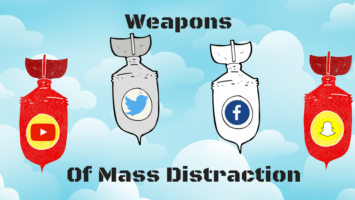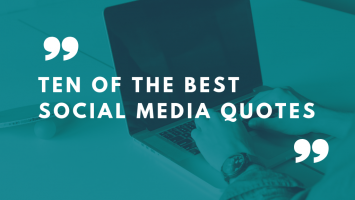
With Millennials now making up the most significant part of the global workforce and Gen Z making their move into that working population, excellent internal communication in an organisation is more critical than ever.
Raised on the idea of instant feedback from being exposed to social media from a young age, this new generation of workers and leaders find it unacceptable waiting days for a memo to be released or messaging to be passed down from the top through layers of middle management.
Endless Benefits of Internal Communication
Study after study has shown that healthy internal communication practices enhance businesses. Productivity is higher, employees are more engaged, and having a greater degree of involvement in what’s going on in the company boosts morale. This leads to lower turnover – a massive problem with the Millennial workforce. Without this type of communication, employees are more likely to only show up for a paycheck, leave at the first signs of trouble, and do the bare minimum. However, when they understand the big picture and feel like a part of it, it gives meaning to their work.
Having good internal communication practices also helps reduce misinformation and concerns when news comes out, or there are any internal or external crises. With news of every type available at the drop of a hat through social channels and other online sources today it is impossible to hide anything from employees, so the best practice is to control the messaging by getting ahead of what they may hear from other sources. Grapevine rumours can be devastating to morale.
Enhancing Involvement
The communication principles of tell, sell, consult, and involve are time-tested and proven as a productive employee engagement strategy. Having an efficient method of deploying those strategies enhances the results. Deliver specific messages as final (tell). Others that may need some convincing to attain buy-in (sell). Still, others that will be best accepted when the recipients are treated as a sounding board whose opinions matter (consult), and some which involve decisions that are best made when the skills, experience, and ideas of the workforce are taken into account.
Understand that your employees will both hear and transmit messages about your company. The only question is, how involved will you be in shaping what those messages are? Doing so is where good internal communications come in, and developing a solid strategy for those communications requires planning.
Tools of the Trade
Your plan will be dependent on your company and situation. The tools, however, are widely available for you to put in place your plan. In a digital age, digital tools are necessary. Some of the more popular and powerful tools available are:
Slack, Skype, and Brosix – All these work well for real-time messaging, but Brosix also includes encryption and security as well as an ad-free environment and made-for-business chat features.
Yammer – Yammer gives businesses a Facebook-like interface and environment, but entirely personalised for companies. It is also free, although you can opt to pay for advanced administration, support, and security.
Fuze Meeting – Fuze Meeting is a flexible audio and video conferencing app. It includes file sharing and accessibility from any device and is free for up to 25 users.
Workplace by Facebook – The result of the Facebook at Work beta. Facebook ‘Workplace’ is everything you know and love about Facebook. Improved internal business communications are their sole goal. It includes instant messaging, calling, posting, and even Live Video, the business equivalent of Facebook Live, for video streaming. You can also connect your setup to other firms for inter-organisation communications.
Using any of these or a combination will be a welcome addition to your business by your employees. It will also help your strategic internal communication goals benefiting your business in many ways.
Have you used any of these tools? Can you recommend any others? Drop me a line in the comments or on Twitter




Leave a Reply